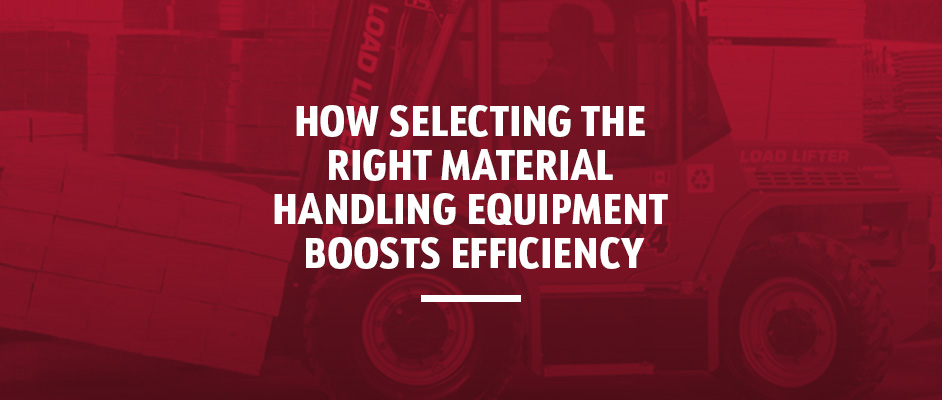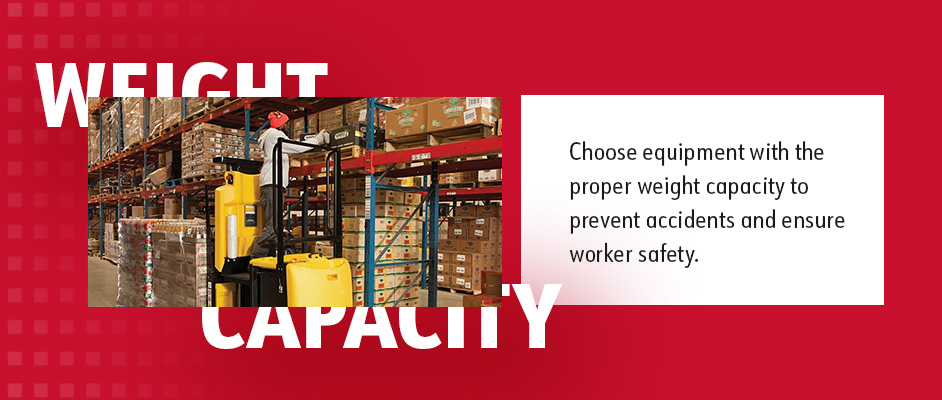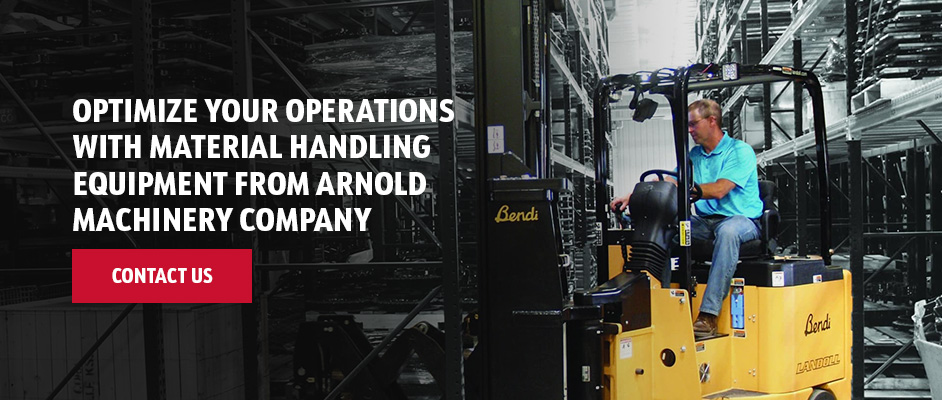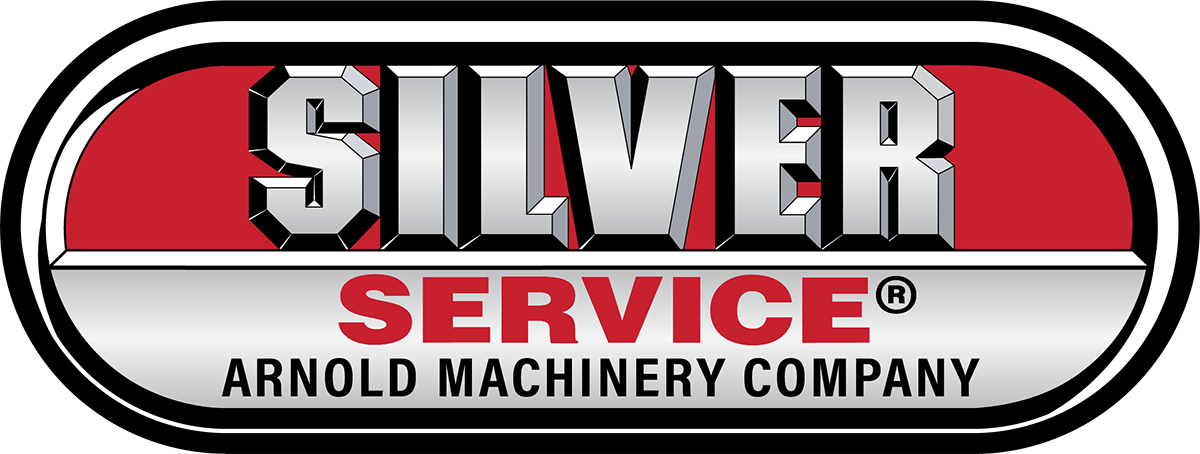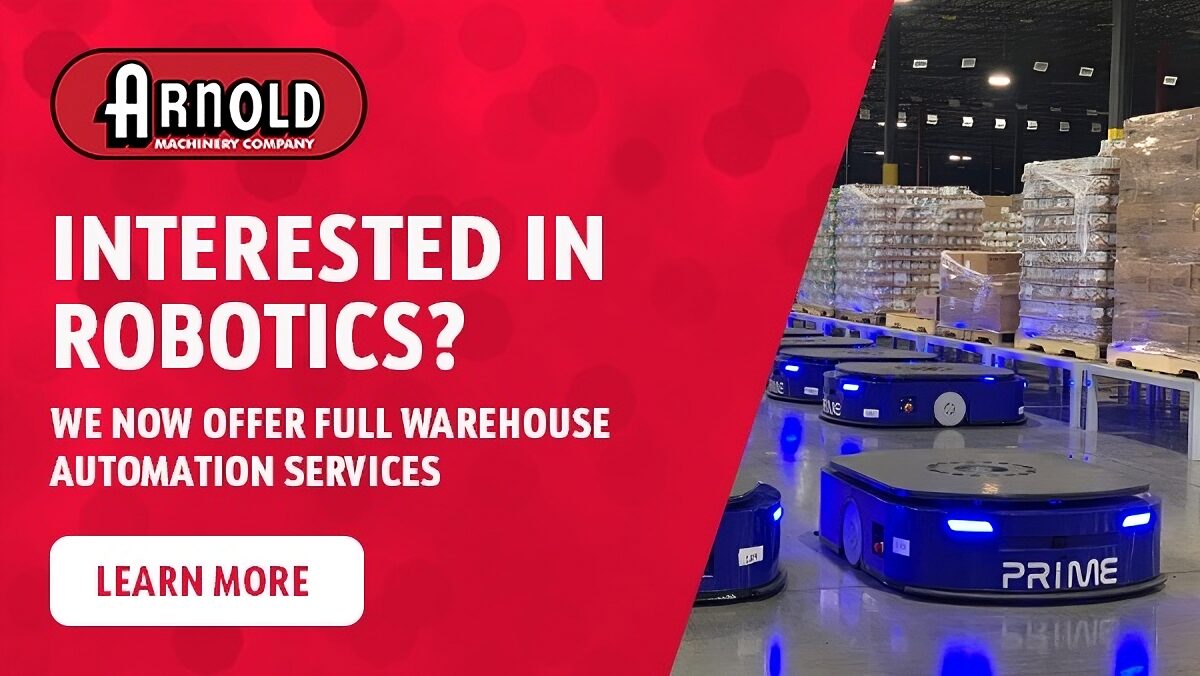How Selecting the Right Material Handling Equipment Boosts Efficiency
Blogs
Selecting the right material handling equipment helps optimize your operations and move materials throughout your facility faster. You can reduce manual labor, enhance safety, increase productivity and boost overall profits with innovative warehouse solutions. From forklifts to conveyor systems, advanced technology enables you to simplify tasks and save time throughout your entire facility.
Improving Warehouse Efficiency With Material Handling Equipment
Each facility has different requirements, goals and workflows. Choosing the right material handling equipment can enhance your company’s efficiency in the following ways:
- Workflow optimization: Material handling equipment can optimize material and product movement throughout your facility, improving workflow.
- Reduced manual labor: The right equipment helps minimize unnecessary manual labor to prevent worker fatigue.
- Fast order fulfillment: Choosing the right equipment can help you accelerate picking processes and fulfill orders faster. This is essential as your business grows and brings in more orders.
- Optimized storage utilization: Specialized lifting equipment allows you to use more vertical shelving and optimize your facility’s storage space.
- Product protection: Manufacturers often design high-quality material handling equipment with precise control or cushioning features to prevent product damage.
- Greater safety: Selecting the right equipment and training your team to use it properly helps reduce accidents and enhance overall safety.
- Increased productivity and reduced costs: Since material handling equipment helps you fill orders faster and reduces manual labor, it can boost productivity and reduce costs associated with overtime, storage and product loss. These factors often lead to increased profits, helping your business expand.
Choosing the right material handling equipment is essential for maximizing its benefits. For example, installing a system that’s large enough for your facility’s needs can help optimize workflow, but selecting a system that’s too small can have the opposite effect. It’s important to choose systems that help you maximize storage space and help team members complete repetitive tasks faster.
Understanding Different Types of Material Handling Equipment
Before choosing material handling equipment, it’s important to understand your options and how they can support your operations.
Forklifts and Pallet Jacks
Forklifts have fork attachments to lift and move palletized loads around your facility. A pallet jack is a similar type of powered industrial truck that transports palleted goods around a warehouse. The difference is that pallet jacks are smaller and easier to maneuver than forklifts.
Forklifts have higher weight capacities and faster speeds than pallet jacks, making them ideal for long-distance transports within your facility. Pallet jacks are more useful and cost-effective for short-distance maneuvering.
Conveyors
A conveyor transports and sorts materials via a continuously moving system. Conveyor systems use a fabric or rubber belt, rollers, or gravity to move materials from one facility area to another. Consider how each type of conveyor system can support your operations:
- Belt: Fabric or rubber belt conveyors are the best option for transporting materials across long distances quickly.
- Roller: Roller conveyors are ideal for managing production rate fluctuations because they allow you to easily start and stop items on the line. With this system, you can temporarily pause operations without damaging items or interrupting production flow in other areas of the system.
- Gravity: Gravity conveyors typically consume less energy than belt and roller systems because they primarily rely on gravitational force to move materials. A gravity conveyor system is an excellent option if you typically move products a short distance and want to reduce energy costs.
Automated Conveyor Systems
An automated system uses controls, sensors and motors to execute the following processes:
- Material sorting
- Product assembly
- Quality control inspections
- Weighing
- Order fulfillment
- Packaging
- Inventory tracking
- Sorting and diverting items to different zones
- Moving raw materials through various production stages
- Loading and unloading
Automated Storage and Retrieval Systems (AS/RS)
AS/RS systems are one of the most significant advancements in material handling technology. An AS/RS system automatically stores and retrieves items within your facility, reducing manual labor and enabling workers to focus on other tasks. This software-controlled solution uses computers, robots and storage racks to transport items and maneuver them horizontally and vertically. You can choose between the following sizes of AS/RS systems:
- Unit-load: A unit-load system is typically the best option when quick retrieval is a priority and you have limited pallet-level storage. It’s also a great option if your company needs to store heavy or large loads at significant heights.
- Mini-load: Mini-load AS/RS systems handle small loads. Rather than storing and retrieving pallets, they typically handle cartons, totes and trays.
- Micro-load: A micro-load system handles small, individual items and stores them in a compact space. It serves as a reliable buffer zone for picking stations.
AS/RS systems also come in various styles and configurations:
- Carousels: A carousel-based AS/RS system continuously rotates inventory or product bins along a track. When an operator requests a specific item, the system automatically rotates so they can access the correct bin.
- Fixed-aisle cranes: Fixed-aisle AS/RS cranes travel horizontally and vertically between narrow aisles to store and retrieve items. Each crane in this type of system is fixed to a single aisle.
- Moveable-aisle AS/RS cranes: A moveable aisle AS/RS crane operates like a fixed-aisle crane, but it can move between different aisles via a track. The advantage of a moveable crane is that it allows you to cover more area and inventory with a single piece of equipment.
- Autonomous mobile robots (AMRs): AMRs retrieve inventory cases or totes and transport them to order-picking workstations via ramps. They travel horizontally and vertically to pick items and transport them to operators filling orders. This type of system is highly flexible because you can change the storage density and number of robots to meet your anticipated activity levels.
- Vertical lift module (VLM): A VLM AS/RS system features front and back trays and an inserter/extractor system in the center. The inserter/extractor system automatically retrieves trays and delivers them to a pick window. VLM AS/RS systems come in various configurations, so you can choose the storage tray depths, widths and weight capacities that best accommodate your materials.
How to Choose the Right Material Handling Equipment
The following are essential factors to consider when selecting material handling solutions.
Operational Needs
Your facility’s overall operational needs are the most important factors when choosing material handling equipment. Consider how your facility operates, focusing on how much material you move in a given time. Forklifts and pallet jacks are essential for transporting heavy loads to different areas within your facility. Conveyors are perfect if you need automated, continuous material movement across long distances and want to reduce manual labor.
If you want to automate more tasks in your order-picking and storage processes, an AS/RS system is a reliable solution that can help you save significant time and money.
Material Types
What types of materials does your company handle? The following material characteristics can help you determine the best equipment options:
- Shape and size: Consider the shape and size of the products and materials you process. Forklifts and pallet jacks are excellent options for items that fit securely on pallets, but conveyors are a better choice for smaller materials.
- Weight: Whether your facility needs forklifts or a conveyor system, your typical material weight is an important factor. Choose equipment with the proper weight capacity to prevent accidents and ensure worker safety. If you look for forklifts, remember that a load’s position, or load center, can reduce its weight capacity. Find a forklift with a slightly higher weight capacity than you typically need to ensure safe lifting. Conveyor systems also feature various weight capacities. A belt conveyor is typically ideal for lighter materials, while a roller conveyor system can handle heavy materials.
- Fragility: Fragile items require careful handling. When working with fragile materials, it’s best to use a flat conveyor system or one with minimal declines and inclines.
- Volume: How much of each material do you usually transport within your facility? A conveyor system can handle large volumes of materials efficiently due to its automated operation, but forklifts and pallet jacks are more efficient for smaller or inconsistent volumes.
Working Environment
A conveyor system is ideal for indoor use. If you transport heavy materials indoors and outdoors, a forklift is the better option. It’s also helpful to consider the type of work environment you want to create. Certain equipment types, such as electric forklifts, offer quieter operation than gas-powered forklifts, resulting in a safer facility atmosphere.
Facility Layout
Evaluate your facility’s layout, paying special attention to space constraints. If you need to move materials along a consistent path, a conveyor system is the most efficient option. However, a forklift or pallet jack is more efficient if you handle diverse types of materials and need to access various storage spaces. Forklifts and pallet jacks offer the flexibility necessary to change material movement patterns throughout your facility.
You may be able to enhance your facility’s current layout and make use of vertical space with the right equipment. AS/RS systems enable you to add more vertical storage systems because they can access significant heights quickly and safely.
Features and Technology
Advanced technology and special features can further boost your facility’s operational efficiency. Consider how you can use the following types of features to your advantage:
- Sorters: Conveyor sorters automatically identify and move products, materials and packages to their proper destinations for order fulfillment, palletizing and storage. Sorters are vital for moving different materials to various areas within your facility. Companies that fulfill high-volume orders or handle diverse products rely on conveyor sorters for efficient operations.
- Pallet shuttles: A pallet shuttle is an automated robot and rail system that runs through a multilevel racking system. Forklift operators or an inventory management system direct the shuttle system to store and retrieve pallets, accelerating these tasks.
- Telemetry: Forklift telemetry systems enable you to track your equipment in real time via wireless devices. You can use the data to track your processes and make adjustments for greater productivity.
Forklift Selection Guide
Increased productivity, cost savings and safety are the benefits of using the right forklifts in warehouses.
Forklift vs. Pallet Jack
Forklifts and pallet jacks are types of lift trucks, and each offers different advantages. A forklift is an ideal option if you often need to reach greater heights, transport heavy loads or operate on challenging terrain. A pallet jack is the best option if you work on flat surfaces and need to transport lighter loads across shorter distances.
Manual pallet jacks require operators to push them manually, making them a good option for lighter loads and smaller spaces. Electric pallet jacks are better suited for larger loads and long distances, and they can help reduce operator strain.
Electric, Diesel and Propane Options
Electric, diesel and propane forklifts can accommodate various operations and environments. Electric forklifts operate on lead-acid, lithium-ion or hydrogen-powered batteries instead of liquid fuel. They emit zero emissions and operate quietly, making them ideal for indoor use. An electric forklift is also easier to maintain and has a longer life span than a liquid fuel-powered lift truck, making it a more cost-effective option. Its long battery life helps increase equipment uptime so you can boost productivity.
Diesel forklifts can accelerate faster and handle heavier loads than electric forklifts. Because of their emissions, they are the best option for outdoor operations.
Propane forklifts are highly efficient, and a single tank can typically last for an entire shift. A propane forklift has lower emissions than a diesel model, so you can use it outdoors and indoors as long as you work in a well-ventilated area.
Robotic Lift Trucks
Forklifts also come in advanced models featuring the latest technology. Robotic lift trucks can navigate your facility, retrieve items and store items without manual intervention. These infrastructure-free solutions are highly precise and can sense unexpected movements to stop when necessary.
Optimize Your Operations With Material Handling Equipment From Arnold Machinery Company
Choosing the right material handling equipment can significantly boost efficiency and help you increase profits. Consider your facility layout, operational needs and material types to ensure you choose the best equipment for your company’s growth.
Arnold Machinery Company offers new, used and rental material handling equipment. We can help you choose the best options and optimize your layout for enhanced efficiency. We also offer warehouse solutions and support services to help you improve operations.
With our Silver Service® policy, we deliver the industry’s best equipment and customer service. Our team is dedicated to ensuring your satisfaction with our equipment from the moment you purchase or rent it. Rather than following a policy book, we do everything we can to provide the solutions you need and meet or exceed your expectations. Contact us to learn more about our material handling solutions and services.
